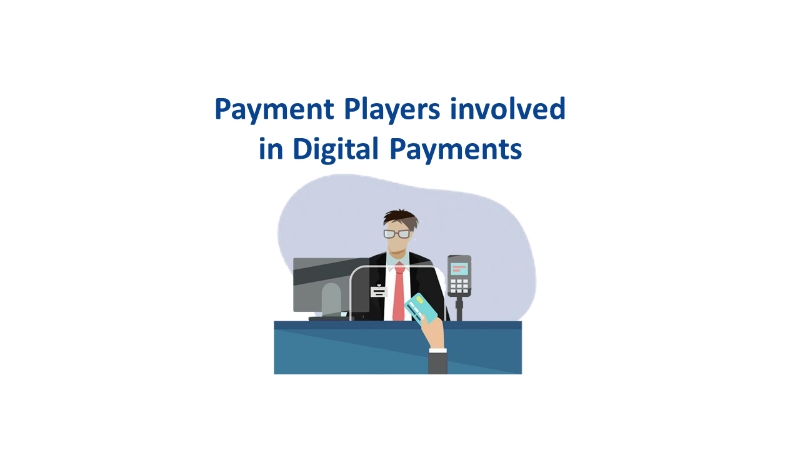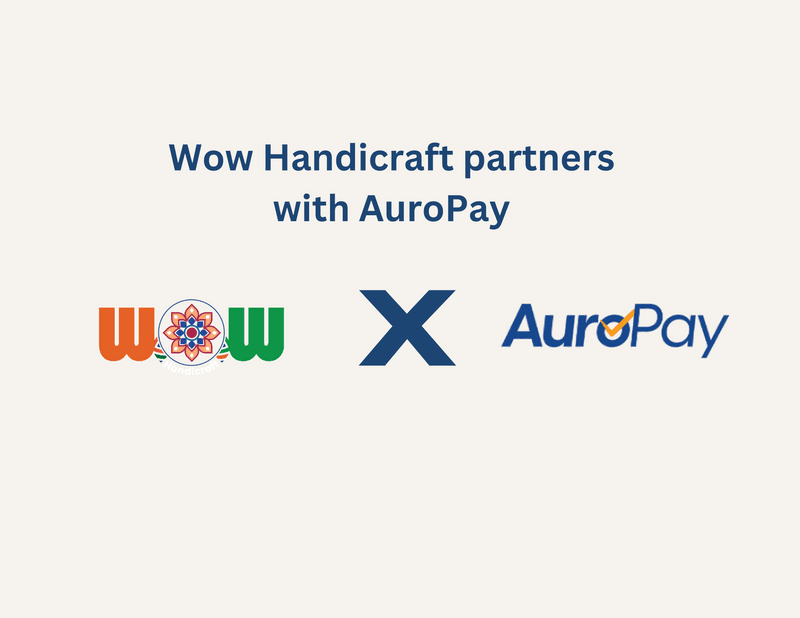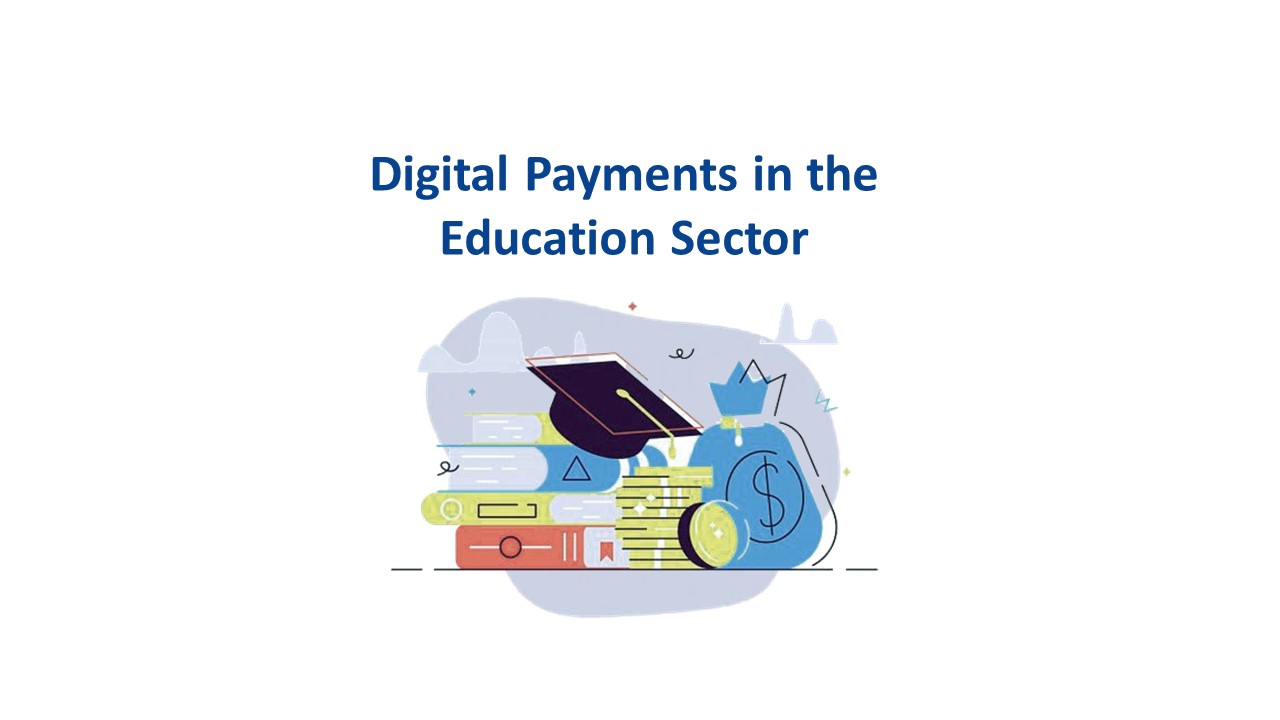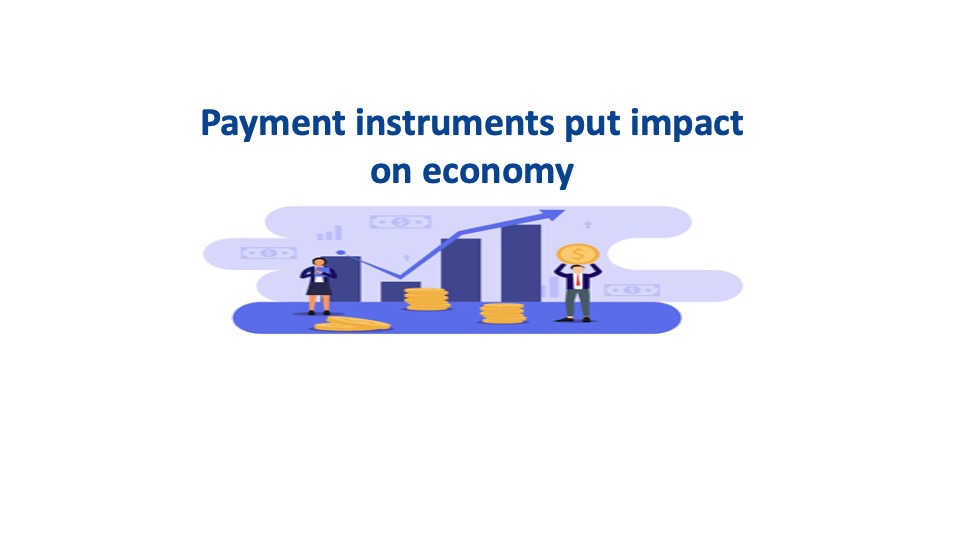
Digitalization brought on by the pandemic is transforming consumer spending as analog techniques continue to deteriorate. Card and digital transfers will take their place, while alternatives like installment loans and cryptocurrency will threaten the market dominance of business titans.
Contents
What are Digital Payments?
Digital payments are payments made through digital or internet channels without exchanging physical currency. This payment is known as an electronic payment (e-payment). It is the transfer of value from one payment account to another using digital devices such as a mobile phone, computer, credit, debit, or prepaid card by both the payer and the payee.
The payer and payee could be an individual or a business entity. For digital payments to occur, it is essential for the payer and payee to have a bank account, a device to make payments, and an internet connection, and they must have signed up with either a payment provider or an intermediary such as a bank or a service provider.
Key Players involved in Digital Payments
Merchants
A merchant is a retailer selling goods. Merchants are those traditional businesses that accept payments from customers. These can be brick-and-mortar stores, online websites, and mobile apps. While some merchants are large companies, others may be smaller businesses such as fashion boutiques or restaurants. Merchants may also operate in different industries, such as retail, airlines, and hospitality. A merchant is responsible for accepting payments for goods or services. This can be an online merchant, an online store, or a physical store. The merchant receives the payment from the acquiring bank, and the customer receives the goods or services. It is important to note that a merchant can be either a bank or a non-bank.
Customers
A customer is a person who wants access to the merchant's goods and services and initiates a transaction. The customer is also referred to as a cardholder. Cardholders are the end users that initiate payments with the merchants. Cardholders are the consumers who make purchases with a debit or credit card. Cardholders can be individuals or corporations that use cards to make payments at retailers, online, and via mobile devices.
Acquiring Bank
The bank or financial institution issuing credit cards to cardholders on behalf of the card association. The acquiring bank is the bank that processes credit card transactions for a merchant. The acquiring bank establishes the merchant account and contains all of the information on how and where to direct payments and how to settle funds into the appropriate accounts. The merchant receives the payment from the acquiring bank, and the customer receives the goods or services. It is important to note that a merchant can be either a bank or a non-bank
Issuer Bank
The bank that provides the line of credit or funds for payment via a credit card. The issuing bank (Issuer) manages the transaction process once the cardholder has made a purchase. It is also responsible for authorizing transactions, collecting customer payments, and handling disputes when necessary. The issuing bank is accountable for supporting cardholder's transactions. Giving funds to the customer includes a high risk; issuing institutions charge a fee for each transaction. To assess whether a transaction will be authorized or rejected, the issuing bank functions as a go-between for the card network and the acquiring bank.
Payment Gateway / Payment Processor
It is an e-commerce application that authorizes payments between a merchant and the customer, typically for e-businesses, online retailers, or traditional brick-and-mortar. Payment gateways enable merchant services to accept payments via an online payment processor. The e-commerce merchant (i.e., retailer) must implement a payment gateway to facilitate accepting payments from customers, typically over the web or mobile devices. Payment gateways are responsible for securely transmitting financial information and handling fraud protection services for merchants.
Trends that will influence Digital Payments
The following trends will continue to influence the world of digital payments:
- The pandemic's lingering financial uncertainty will maintain debit card usage high, but growth is expected to normalize in the year.
- Competitive benefits like lower costs and flexible payment options will encourage credit card use.
- Younger users less interested in being a part of the credit ecosystem are enabled by BNPL solutions as they gain widespread popularity.
- The expansion of alliances with networks, suppliers, and processors is a strategy used by cryptocurrency providers to encourage expenditure.
· · ·

Peer-to-Merchant Payments, also known as P2M, are expected to hit 84 trillion Indian rupees by the 2025 fiscal year. From almost 18 trillion in the fiscal year 2019, there was a rise. By 2025, it was estimated that the nation's digital payments market would be worth over seven quadrillion rupees.
Payment in the B2B Market, according to projections by Statista, the total value of payments made using all methods would be 49 trillion dollars in 2021. It excludes cross-border transactions and only includes domestic payments made globally. In 2023, this value is projected to increase to 54 trillion US dollars.
Click here to learn about the payment instruments involved in digital payments.


